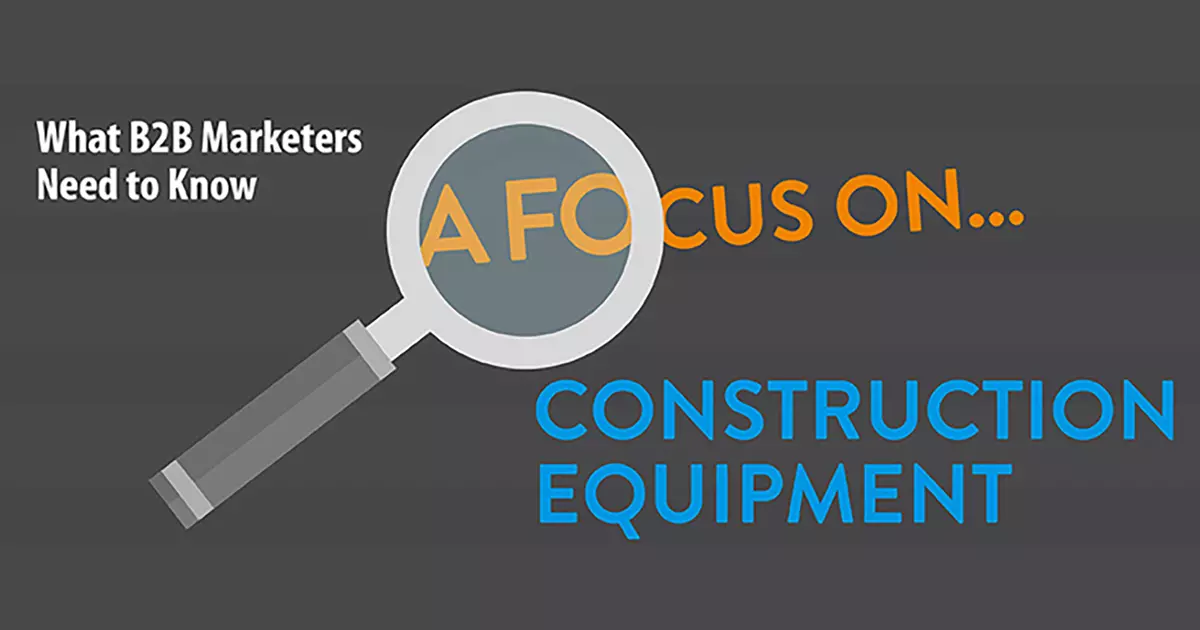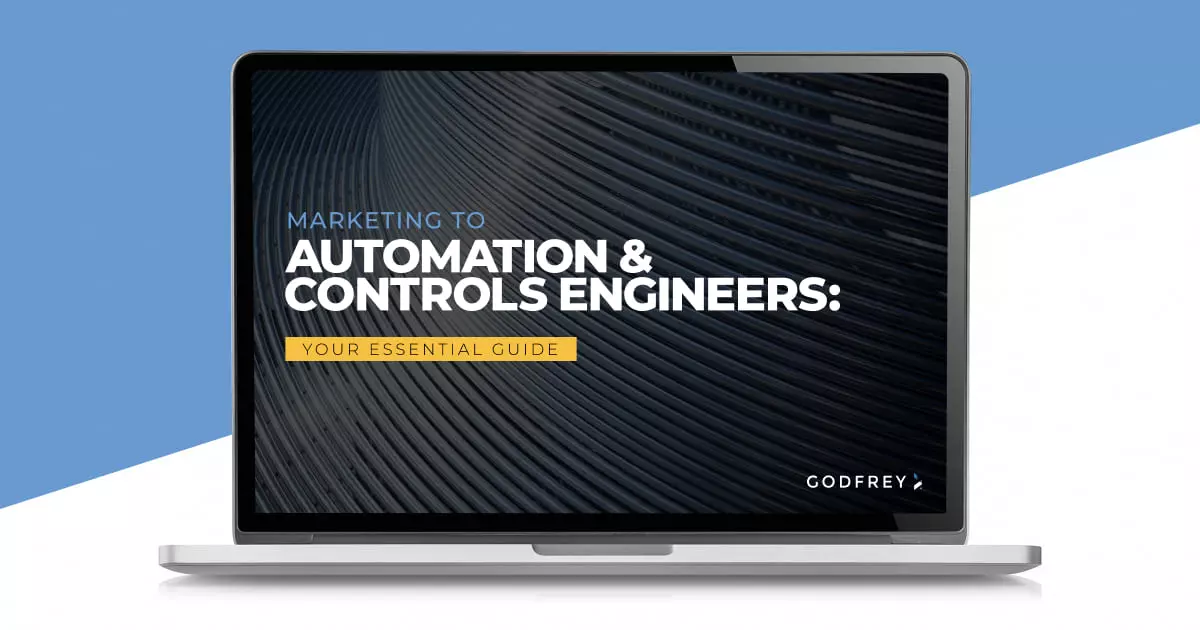A Focus on Construction Equipment

Welcome to our next installment of the industry series called “A Focus on … What B2B Marketers Need to Know.” In it, we’ll delve into trends within specific industries we serve and our thoughts on how these trends could impact marketing strategies.
In this edition, account planner Jim Everhart shares his insights on how companies can market their construction equipment and services. With over 35 years’ experience in marketing communications, he works with several of our construction equipment clients.
Q. Since construction is such an influential sector of the economy, what is the current thinking about construction growth?
A. Even though it was a tough winter and thus a slow start to the construction season, most economists still seem to be expecting more than 10 percent growth in commercial building and around 8 percent growth in all non-residential building for both 2015 and 2016. So the trend is up after some lean years.
Q. What are some of the major trends you see in construction equipment?
A. There are some major changes happening in the industry:
- First, technology is changing to improve productivity and operator safety, and give manufacturers an opportunity to differentiate their products. We’re seeing hybrids and Tier 4 emissions standards for diesel engines. But an even longer-term issue is network connectivity—the idea that a piece of construction equipment could be monitored remotely—enabling greater security, fuel optimization and maintenance oversight—and even operated remotely someday. All of the new technologies you experience in your car are moving into construction equipment, creating a new level of fleet management. Without invoking the scary-sounding terminology of the Internet of Things, equipment manufacturers have the opportunity to use technology as a differentiator. And, if you’re a component supplier to equipment OEMs, aligning your product innovations with the OEM’s audience needs or product roadmap can give you an advantage when the next development cycle comes up.
- Second, the rental market—already a key driver of business—is becoming even more important, as all the innovations mentioned above, and the expense of them, make renting even more attractive to end users than equipment ownership.
- Third, the construction equipment industry is truly a global industry, dominated by big names but with many smaller, local competitors, too. Except for the biggest names in the business, most marketers are just coming to grips with the implications of creating a consistent brand experience in all regions. Well-branded trade dress is the easy part. The tricky part is dealing with regional variations in specifications and units of measure, local or regional regulations, disparate distribution channels and different expectations as to service. Add in the cost and importance of translations, since we’re talking about equipment where operating safety is paramount, and many marketers are not prepared for the investment it takes to be truly “glocal.”
- And finally, the aftermarket—aka used equipment, parts and service—is becoming increasingly important to equipment manufacturers who are starting to understand there is greater profit potential in the “aftermarket” business than there is in new equipment sales. Think of razors and blades (really big and expensive razors and blades) on a global scale.
For marketers at equipment OEMs, the biggest impact is the battle for brand differentiation all the way through the buying or renting decision. Just as Hertz might decide whether you get a Ford or a Toyota when you rent a car, some rental companies have an aggressive approach to being the brand of choice, with the equipment brand playing a secondary role. As a marketer, you need to consider how to create and motivate brand loyalty with every audience and at every part of the buying/renting decision.
One of the most important aspects of building success in aftermarket marketing is understanding that the audience and buying process are very different as compared to equipment sales. For instance, we can expect that parts, used equipment and service will be the first products that equipment manufacturers will sell online.
The competition is different as well and can include small independent service firms and auction sites for used equipment sales. Another caution based on our experience is branding: equipment OEMs tend to create separate business units, some with distinct brand names for their “aftermarket” offerings. They should strongly consider whether they have enough resources to support a separate aftermarket brand.
Q. What does the future hold?
A. More of the same. Equipment manufacturers who a few decades ago could achieve reasonable growth with modest levels of new product development increasingly are facing the kinds of pressures that drive the rest of the economy: tougher regulations, emissions standards, higher productivity, reduced energy consumption and greater price pressure. Above all, they need a consistent business strategy that guides them in meeting these challenges in a way that builds a differentiated, compelling brand.
Godfrey Team
Godfrey helps complex B2B industries tell their stories in ways that delight their customers.




